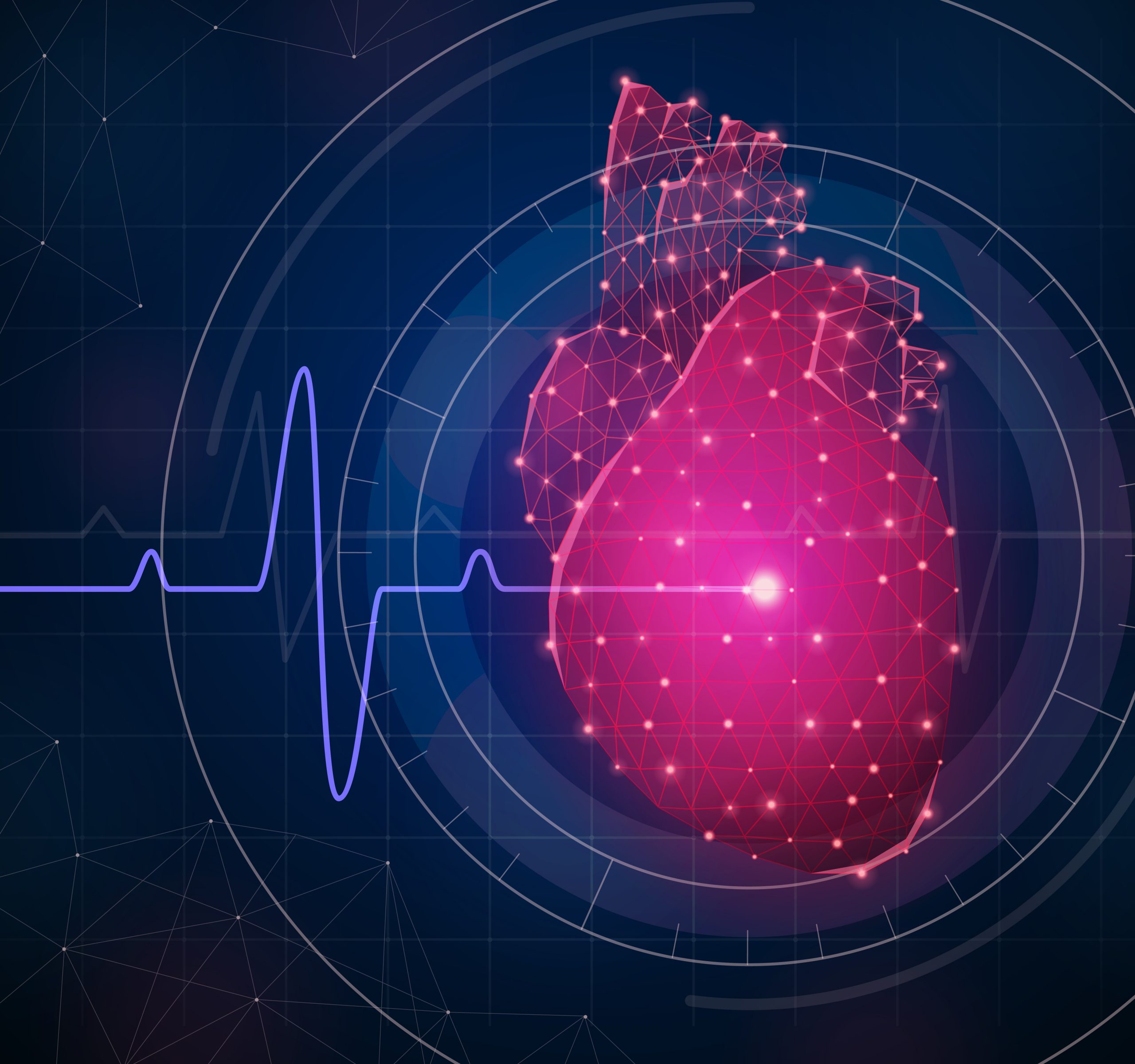

In a groundbreaking achievement, scientists from the Cardiovascular Data Science (CarDS) Lab have introduced an innovative method capable of identifying a prevalent valvular heart condition, recognized as severe aortic stenosis, through echocardiograms. This significant research, unveiled on August 23 in the European Heart Journal, carries the potential to revolutionize standard clinical practices.
Severe aortic stenosis (AS), a prominent health concern among older adults due to a narrowed aortic valve, prompts the need for timely diagnosis. This aids in curbing symptoms and minimizing the risk of untimely death and hospitalization.
Doppler echocardiography, a specialized ultrasound heart imaging, stands as the primary diagnostic tool for AS detection. The team has ingeniously devised a deep learning model capable of utilizing simplified heart ultrasound scans for automated identification of severe AS.
Leading this technological advancement is Rohan Khera, MD, MS, an adept figure in cardiovascular medicine and health informatics. As an assistant professor and director of the CarDS Lab, Khera collaborated with colleagues from the Chandra Family Department of Electrical and Computer Engineering at UT Austin. The study encompassed an impressive 5,257 studies, including 17,570 videos spanning 2016 to 2020 at Yale New Haven Hospital. This model’s efficacy was subsequently confirmed through a comprehensive external validation from 2,040 consecutive studies from distinct cohorts in New England and California.
“Our challenge is that precise evaluation of AS is crucial for patient management and risk reduction. While specialized testing remains the gold standard, reliance on those who make it to our echocardiographic laboratories likely misses people early in their disease state,” said Khera.
“Our goal was to develop a machine learning approach that would be suitable for point-of-care ultrasound screening,” said the study’s co-first author Evangelos Oikonomou, MD, DPhil, a cardiology fellow and a current postdoctoral researcher in the CarDS Lab.
Through their efforts, the possibility for identifying aortic stenosis at an early stage emerges, paving the way for prompt patient intervention. “Our work can allow broader community screening for AS as handheld ultrasounds can increasingly be used without the need for more specialized equipment. They are already being used frequently in emergency departments, and many other care settings,” added Khera.
This achievement emerges as a product of harmonious cooperation between clinician-researchers and computer experts. Notably, the instrumental role played by Greg Holste, a doctoral candidate at UT Austin, under the joint guidance of Dr. Khera, stands out. Holste took charge of devising a pioneering approach that facilitated the technology, simultaneously earning the status of a co-first author alongside Dr. Khera in the study’s development.
more recommended stories
 Can Ketogenic Diets Help PCOS? Meta-Analysis Insights
Can Ketogenic Diets Help PCOS? Meta-Analysis InsightsKey Takeaways (Quick Summary) A Clinical.
 Silica Nanomatrix Boosts Dendritic Cell Cancer Therapy
Silica Nanomatrix Boosts Dendritic Cell Cancer TherapyKey Points Summary Researchers developed a.
 Vagus Nerve and Cardiac Aging: New Heart Study
Vagus Nerve and Cardiac Aging: New Heart StudyKey Takeaways for Healthcare Professionals Preserving.
 Cognitive Distraction From Conversation While Driving
Cognitive Distraction From Conversation While DrivingKey Takeaways (Quick Summary) Talking, not.
 Fat-Regulating Enzyme Offers New Target for Obesity
Fat-Regulating Enzyme Offers New Target for ObesityKey Highlights (Quick Summary) Researchers identified.
 Spatial Computing Explains How Brain Organizes Cognition
Spatial Computing Explains How Brain Organizes CognitionKey Takeaways (Quick Summary) MIT researchers.
 Gestational Diabetes Risk Identified by Blood Metabolites
Gestational Diabetes Risk Identified by Blood MetabolitesKey Takeaways (Quick Summary for Clinicians).
 Phage Therapy Study Reveals RNA-Based Infection Control
Phage Therapy Study Reveals RNA-Based Infection ControlKey Takeaways (Quick Summary) Researchers uncovered.
 Pelvic Floor Disorders: Treatable Yet Often Ignored
Pelvic Floor Disorders: Treatable Yet Often IgnoredKey Takeaways (Quick Summary) Pelvic floor.
 Urine-Based microRNA Aging Clock Predicts Biological Age
Urine-Based microRNA Aging Clock Predicts Biological AgeKey Takeaways (Quick Summary) Researchers developed.

Leave a Comment